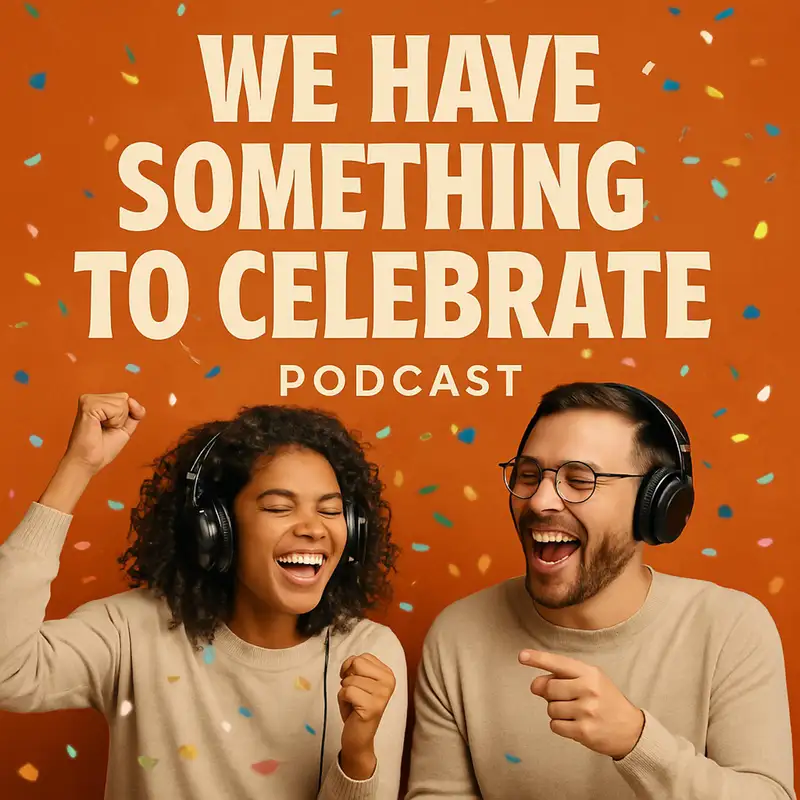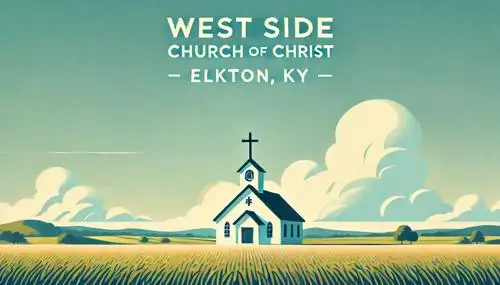We Have Something To Celebrate(From Our 3-30-25 Worship)
Heaven Throws a Party: A Sermon from Luke 15
Introduction
Main Text: Luke 15
Jesus is speaking to a crowd that includes tax collectors and sinners (Luke 15:1) — people society avoided — and also the Pharisees and scribes, who grumbled that He “receives sinners and eats with them” (Luke 15:2).
Jesus is speaking to a crowd that includes tax collectors and sinners (Luke 15:1) — people society avoided — and also the Pharisees and scribes, who grumbled that He “receives sinners and eats with them” (Luke 15:2).
In response, Jesus tells three parables, each about something lost, something found, and something celebrated.
I. The Three Parables (Luke 15:3–32)
1. The Lost Sheep – Luke 15:3–7
- A man with 100 sheep loses one.
- Leaves the 99 in the open country to find the one.
- When he finds it, he rejoices, places it on his shoulders, and throws a party.
“Just so, I tell you, there will be more joy in heaven over one sinner who repents than over ninety-nine righteous persons who need no repentance.” – Luke 15:7, ESV
2. The Lost Coin – Luke 15:8–10
- A woman with 10 silver coins loses one.
- She lights a lamp, sweeps the house, and searches diligently.
- When she finds it, she gathers her friends to celebrate.
“Just so, I tell you, there is joy before the angels of God over one sinner who repents.” – Luke 15:10, ESV
3. The Lost Son (The Prodigal Son) – Luke 15:11–32
- A son demands his inheritance early and squanders it in reckless living.
- Destitute and humiliated, he returns home to ask for a servant’s place.
- But his father runs to him, embraces him, clothes him, feeds him — and celebrates.
“For this my son was dead, and is alive again; he was lost, and is found.” And they began to celebrate. – Luke 15:24, ESV
II. What Most People Focus On
These stories are familiar, and often the takeaways include:
- Jesus seeks the lost like a shepherd seeks sheep.
- God searches for us with the care of the woman with her coin.
- The Father welcomes the prodigal son, representing God's grace and forgiveness.
- The older brother’s jealousy reminds us that legalism blinds us to grace.
These are all true and powerful.
III. A New Angle: There Are Three Parties
The preacher observes something easily overlooked:
- Each story ends in a party.
- The sheep is found — party.
- The coin is found — party.
- The son returns — big party.
- Three parables. Three celebrations.
Why all the parties? Why does Jesus emphasize this three times?
IV. The Message Behind the Celebrations
These aren’t just stories about lost things. They’re about what heaven celebrates.
Heaven’s Priorities:
- Heaven rejoices over one sinner who repents (Luke 15:7, 10).
- The preacher says: “God doesn’t waste words.” If He inspired the telling of three stories with three celebrations, then celebration matters to God.
Every time a soul turns back to God — heaven throws a party.
V. Do We Celebrate Like Heaven?
The preacher challenges us to consider:
- Three baptisms happened at church in six days.
- That’s three souls added to God’s family.
- What if we celebrated them like we would the birth of a new baby or a grandchild?
- If you had three births in your family in one week, you’d tell everyone, post pictures, dream big dreams for them.
Do we show that same joy when a person is born again into Christ?
(See John 3:3–5; Galatians 3:27)
VI. What Do We Celebrate?
“What news would make you stop what you’re doing and celebrate?”
- A promotion?
- Winning money?
- A new grandbaby?
What you celebrate reveals what you value.
The point: If heaven prioritizes the lost being found, then we should, too.
VII. We Have So Many Reasons to Celebrate
The preacher shifts to real examples in their congregation:
Baptisms – Yes, they’re huge.
- But baptism is the result of many unseen steps:
- A conversation.
- A relationship.
- A kind act.
- A Bible study.
Bible Studies Happen Everywhere
- At gas stations.
- In store aisles.
- At work.
- At home.
“One plants, another waters, but God gives the growth.” – 1 Corinthians 3:6, ESV
VIII. Meeting Physical Needs to Reach Spiritual Hearts
“Jesus met physical needs to gain access to meet spiritual needs.”
Examples:
- Harvest Fest: Gave away a TV, received a stack of prayer requests in return.
- First birthday party for a family who couldn’t afford one — made possible by the church.
- Children without a home found temporary shelter in the church’s parsonage.
- A member treated severe sunburns — not flashy, but loving.
These aren’t random acts. These are intentional kingdom moments.
IX. The Importance of Relationships
Every soul that comes to Christ usually started with a relationship.
- One man came because someone helped him charge his phone.
- That man connected him to another, and eventually, they all built relationships that led to Christ.
Without relationships, there are no baptisms.
X. The Cycle of Growth
The preacher highlights a cycle:
- Relationships lead to…
- Opportunities to serve, which create…
- Moments to share the gospel, which results in…
- Obedience and baptisms, which brings…
- New family members, leading to more…
- Relationships and opportunities.
This is how the church grows — not just in number but in love, connection, and purpose.
XI. The Mission
The final image in the sermon captures the goal:
“He loved us so that we can love others.
He comforts us so we can comfort others.
He pours into us so we can pour into others.”
That’s what it’s all about.
We exist to:
We exist to:
- Glorify God
- Love people
- Make heaven crowded
Conclusion: Let’s Celebrate Like Heaven
- This church has so many reasons to celebrate.
- Not because we’re perfect, but because God is at work among us.
- Even today — we’re having a potluck! Let that be a reminder: we’re a family, and we have good news worth sharing and celebrating.
Invitation
“I don’t know what you need this morning…
Are you hurting?
Are you struggling?
Do you need help?”
We are here to walk with you, pray with you, and help you find the One who is searching for you.
Let’s love like Jesus, serve like Jesus, and celebrate what heaven celebrates.
Would you like this version turned into a slide deck or formatted into a printable study guide?

